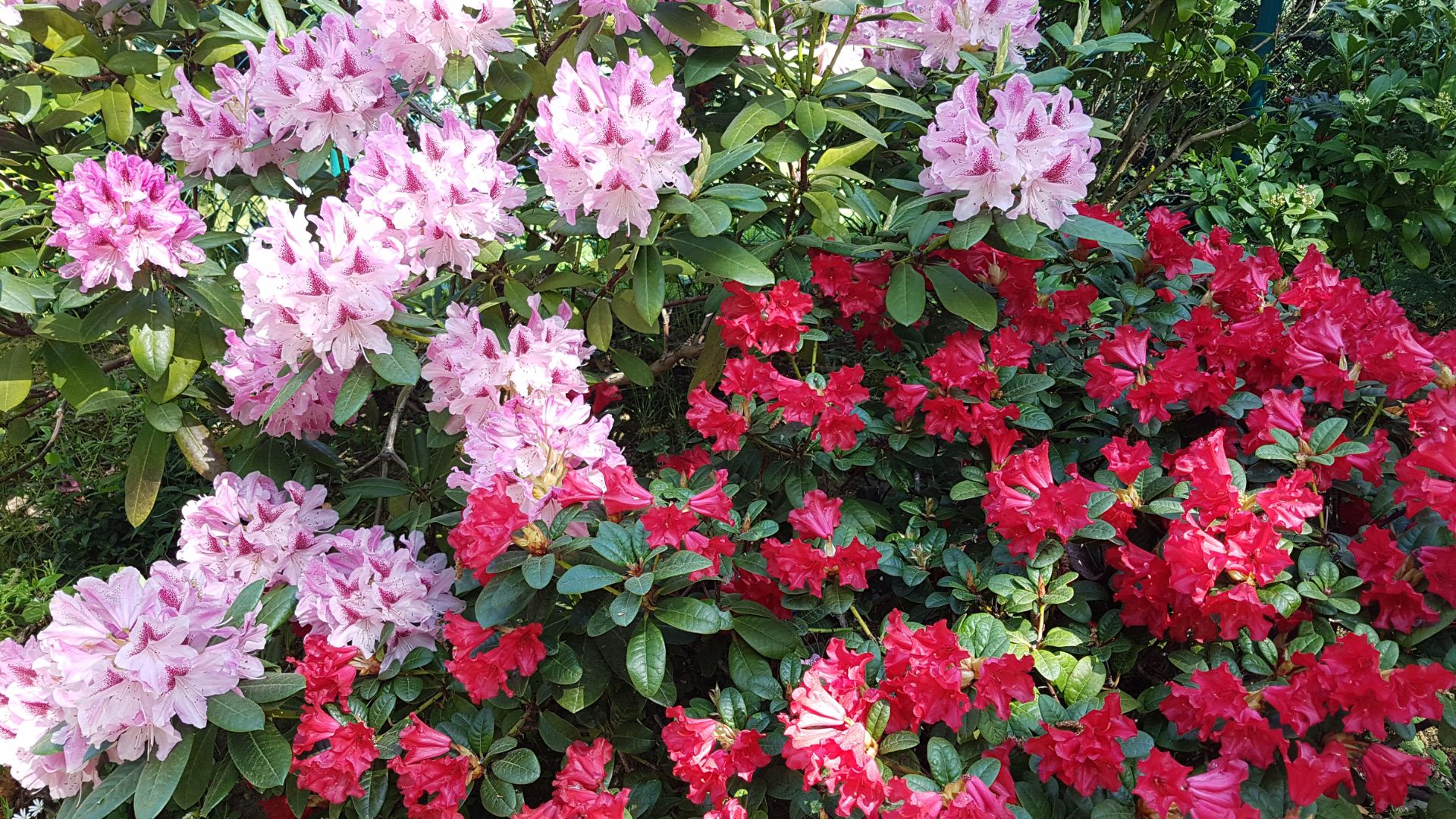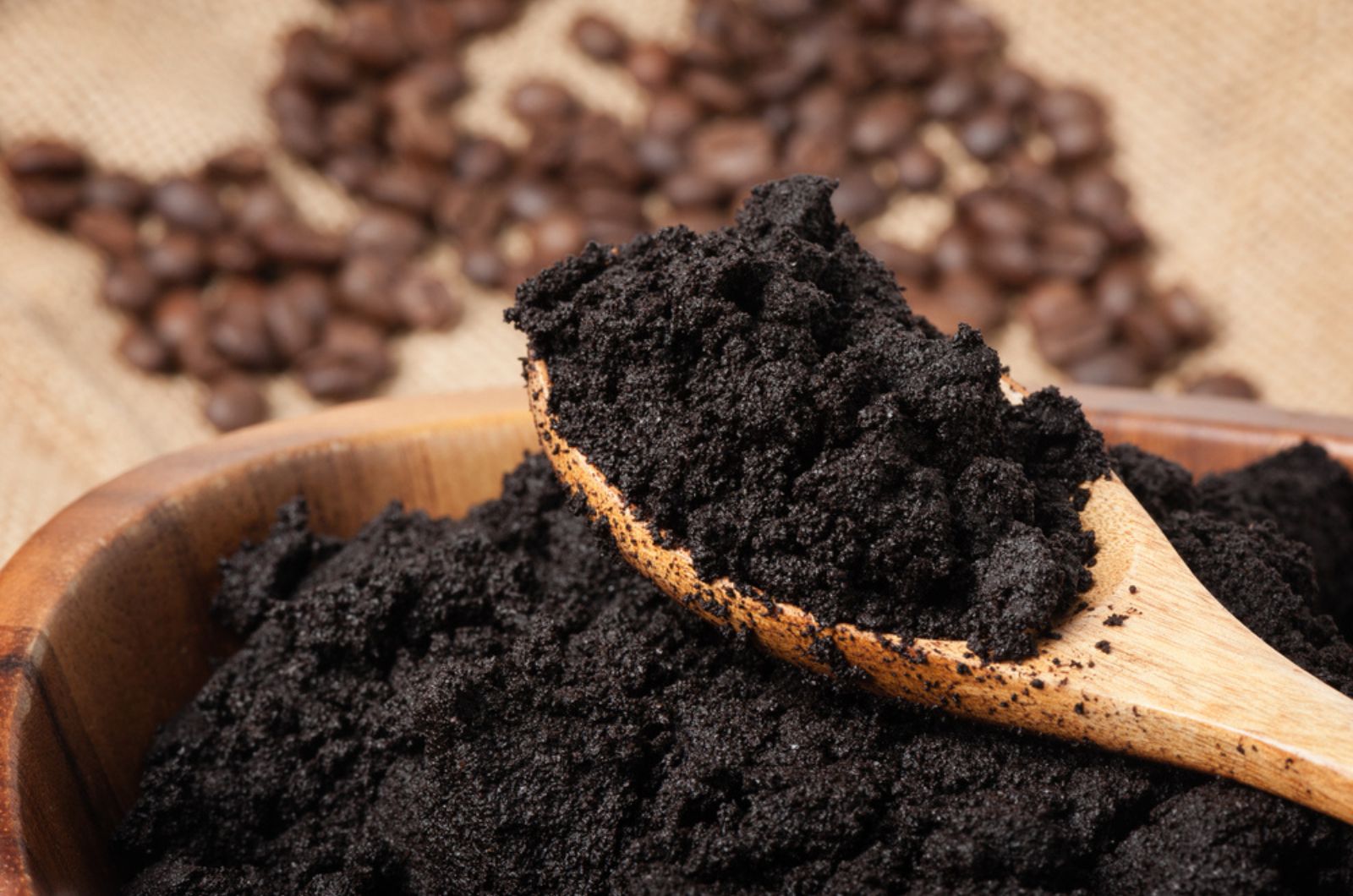I like my morning coffee, and since I started gardening, I always thought about giving some to my rhododendrons (well, not a hot one, of course!).
But those leftover coffee grounds that we all end up throwing out? Turns out, they can help give those magnificent plants a boost.
Before you go around your garden and sprinkle coffee grounds literally everywhere, there’s another side of the story. While we all know coffee is pretty acidic (I can definitely feel it after cup number three!), those used grounds aren’t quite as acidic as you’d expect.
So, if your rhododendrons are looking sad and have yellowing leaves due to a lack of acidity, coffee grounds might not fully solve the problem.
That said, coffee grounds still bring some serious perks to the garden. Want to know how they can help your rhodies thrive?
Keep reading to find out!
It’s Not All About The Acidity
We all know that coffee itself is acidic, but the leftover grounds… not so much.
Once brewed, they settle closer to a neutral pH of around 6.5 to 6.8. And as they decompose, they aren’t going to greatly affect your soil’s acidity.
Studies have shown coffee grounds give mixed results, and sometimes they even increase soil pH (but it’s still only a small difference). So, if you’re hoping coffee grounds will make your soil more acidic for rhododendrons, it might not be the magic fix.
However, coffee grounds still have plenty of perks for your garden, just not in the way you’d imagined.
For lowering soil pH to help your rhododendrons thrive, try elemental sulfur for a budget-friendly fix, or aluminum sulfate if you’re looking for faster results (though it’s a bit pricier).
Just follow the instructions, and your rhodies will be in their happy place soon enough!
Related: The Eye-Opening Truth About Using Coffee Grounds For Grass No One Talks About
Coffee Grounds Can Still Significantly Improve Your Soil Structure
While it’s true that coffee grounds are not super-acidic soil boosters, there are still plenty of other benefits that come from using them in the garden.
Composted coffee grounds can release about 2% nitrogen into the soil, making them a great alternative to nitrogen-rich manures.
But before you add them, it’s a good idea to check if your soil actually needs nitrogen – too much, and you could end up with a leafy rhododendron that doesn’t produce as many blooms (and we all know we’re here for those hummingbird-magnet flowers!).
And that’s not all from our lovely coffee grounds.
They also break down into small amounts of potassium, magnesium, phosphorus, copper, and calcium, all while earthworms help out by pulling the grounds deeper into the soil, improving structure and water retention.
Still, you have to make sure your soil is really lacking nutrients before you go all-in with the coffee treatment, or you might end up doing more harm than good.
One common mistake you can avoid is not piling the ground too thick. Anything more than a ½ inch and you’ll have compacted soil that suffocates your plants.
Top it with a layer of wood chips (around 4 inches) to keep things healthy and breathable. Oh, and if you’re starting plants from seed, hold off on the coffee grounds because they’ll just slow down the already slow-growing process.
Are you thinking about adding coffee grounds to your soil?
If you give it a try, I’d love to hear how it goes so please share your experience with me!
Related: Why, When, And How To Use Coffee Grounds For Houseplants


